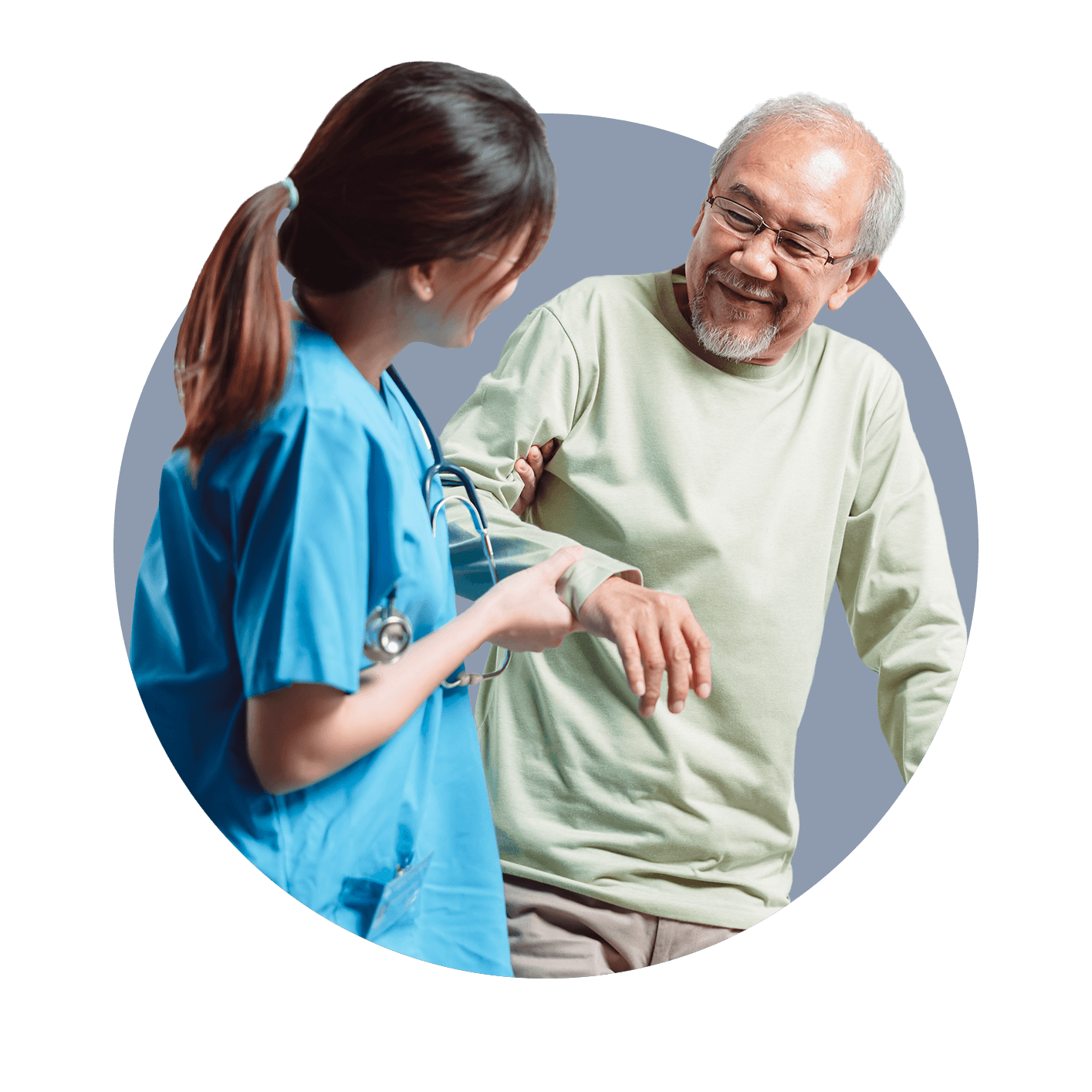Helping young people turn over a new leaf
The Out of Home Care program has helped increase the attendance rates at health appointments of young people living in residential care homes.
Related Tags

At any one time, there are approximately 115 young people in south eastern Melbourne living in residential care homes. These homes aim to provide temporary housing for young people. Young people living in residential care homes may have experienced significant or traumatic disruptions to their life and as such, may be less eager to attend health appointments. Considering the patient’s background and experiences can help general practices support patients on their health journey.
Through the Out of Home Care (OOHC) program, South Eastern Melbourne Primary Health Network (SEMPHN) collaborated with 25 residential care homes and 14 general practices across south eastern Melbourne develop a model of care support the health journey’s of young people in residential aged care.
SEMPHN’s Service Development Officer, Iftu Umar, spoke highly of those involved in the Out of Home Care program.
“This program asks general practice staff to upskill in and utilise trauma-informed care principles when working with children and young people from OoHC. General practice staff are also asked to think about the small changes they can make so that their clinic is more youth friendly,” said Iftu Umar.
“Thankfully, the people who do this work really love to work with youth” said Iftu Umar, SEMPHN’s Service Development Officer."
Learning, adapting and evolving
The Out of Home Care project has been evolving since its first iteration in 2015. After a consultation period with experts and those with lived experience, the OOHC project trialled three models to discover the best methods for helping young people build lasting relationships with health professionals and in turn, ensure better health outcomes.
Based on learnings provided of all those involved throughout the trials, a model was developed that has since proven to increase attendance rates at health appointments for this group of young people.
This model is based on establishing relationships between services, including residential care homes, general practices, the Department of Families, Fairness and Housing (DFFH) and SEMPHN, in order to provide ongoing to support to those who need it.
The model includes:
- Providing education to general practice staff about trauma informed care (including hearing from young people with lived experience)
- Encouraging general practices to create safe and welcoming environments at their clinics (such as private waiting rooms) for young people who may be nervous about visiting health services
- Supporting respectful, longterm connections between GPs and this cohort of patients. Clinically, this involves the development of health management plans, ongoing assessments of physical, developmental and mental health, and care coordination.
- Implementing a structure of support for all the services involved in this program. Key contacts were introduced to each service which enabled effective coordination throughout the rest of the program.
Since implementing the model across south eastern Melbourne, young people in residential aged care have attended more health appointments than before and have reported continuing their connections to GPs they met through the program, even once they have left the residential care home.
We’d like to thank all the services and young people who have been involved in the program so far. Together, we hope to continue to improve health outcomes for young people across south eastern Melbourne.
Up next:
Changing the coordinated care approach
Affecting over three-quarters of Australians over the age of 65, chronic disease continues to be the most significant burden on our health system.

South Eastern Melbourne PHN
Level 2, 15 Corporate Drive
Heatherton Victoria 3202
ABN 65 603 858 751
Contact us
Quick links
South Eastern Melbourne PHN
Contact Us
Quick Links
While the Australian Government Department of Health has contributed to the funding of this website, the information on this website does not necessarily reflect the views of the Australian Government and is not advice that is provided, or information that is endorsed, by the Australian Government. The Australian Government is not responsible in negligence or otherwise for any injury, loss or damage however arising from the use of or reliance on the information provided on this website.
South Eastern Melbourne PHN acknowledges the traditional custodians of the land our catchment covers, the Boon Wurrung and Wurundjeri people. We pay respect to them, their culture and their Elders past, present and future, and uphold their relationship to this land.




